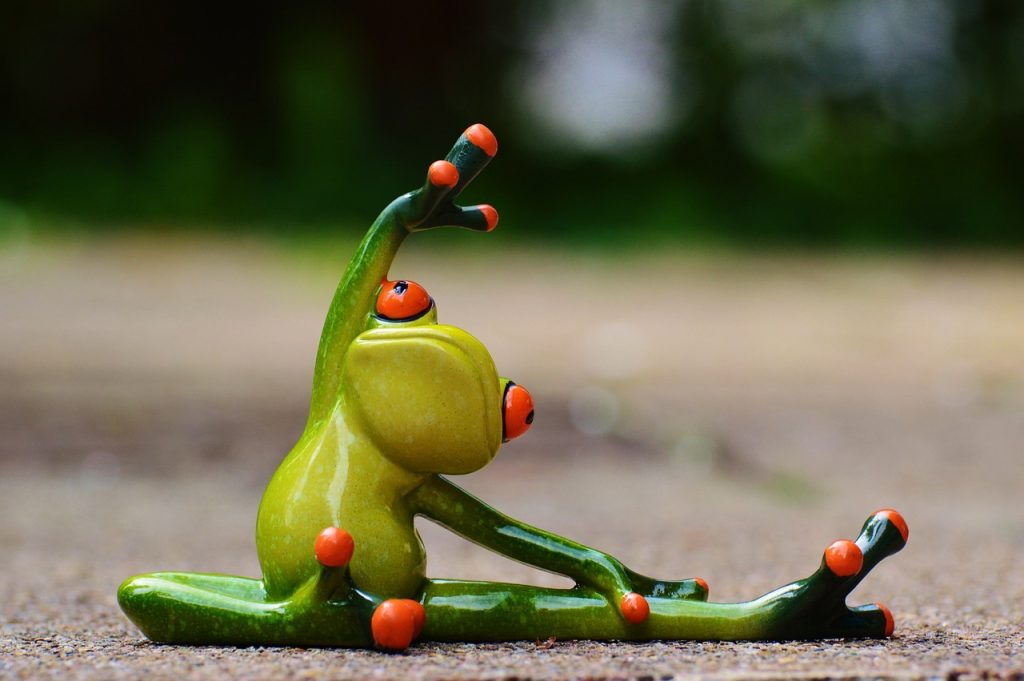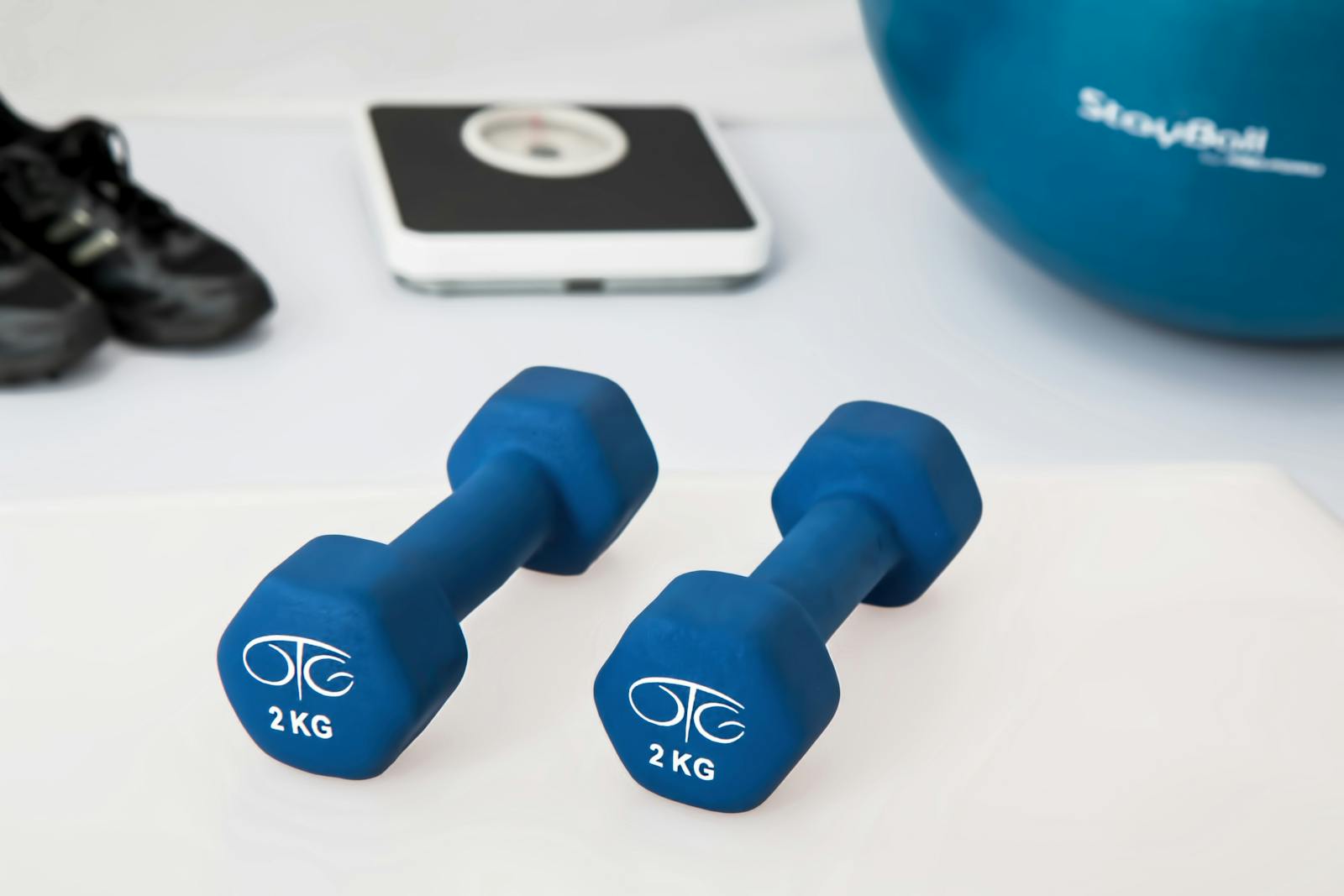In the age of social media, platforms like Instagram, TikTok, and YouTube have transformed how we perceive fitness and wellness. What was once a private journey toward health and strength has become a public spectacle, where influencers and everyday users alike share their workouts, diets, and transformations with the world. Imagine scrolling through your feed and seeing a friend post their latest workout routine or a fitness influencer demonstrating a new exercise. This digital landscape creates a sense of community, motivation, and sometimes pressure to conform to certain ideals. This article explores how social media has shaped modern fitness culture, examining both its positive influences and potential pitfalls.
The Rise of Fitness Influencers
Fitness influencers have become pivotal figures in the online fitness community. They leverage their platforms to share workout routines, nutrition tips, and personal stories that resonate with their followers. Research indicates that the perceived attractiveness and credibility of these influencers significantly affect viewers’ exercise intentions and behaviors. The concept of parasocial relationships—where followers feel a personal connection to influencers—plays a crucial role in this dynamic. As viewers engage with content from their favorite fitness personalities, they often feel inspired to adopt healthier lifestyles themselves.This phenomenon is particularly evident on platforms like TikTok, where hashtags such as #FitTok have garnered billions of views, showcasing everything from quick workout tips to full-length training sessions. The interactive nature of TikTok encourages users to participate in challenges or recreate popular workouts, fostering a sense of belonging within the fitness community.
Community Building Through Shared Experiences
Social media has democratized access to fitness resources. Individuals can now join virtual workout classes or follow along with live sessions from anywhere in the world. This accessibility has been especially beneficial during the COVID-19 pandemic when many gyms were closed. Influencers and fitness enthusiasts turned to social media to maintain engagement with their audiences, sharing at-home workouts and wellness tips that kept people active during lockdowns1.Moreover, social media platforms allow users to share their fitness journeys, creating a supportive environment where others can celebrate achievements or seek advice. This sense of community can be incredibly motivating; seeing others succeed can inspire individuals to push through their own challenges.
The Double-Edged Sword of Comparison
While social media fosters community and motivation, it also presents significant challenges. The constant exposure to curated images of seemingly perfect bodies can lead to unhealthy comparisons and unrealistic expectations. Research shows that social media can exacerbate body image issues and contribute to disordered eating behaviors as users strive for an unattainable ideal1.The pressure to conform to trending fitness challenges or aesthetic standards can lead individuals away from what is genuinely healthy for them. Instead of focusing on personal goals or well-being, many may find themselves caught in a cycle of comparison that detracts from their self-esteem and mental health.
Trends Shaping Fitness Culture
Social media is not just about individual influencers; it also drives broader trends within the fitness industry. For instance:
- Short-Form Content: Platforms like TikTok have popularized short workout videos that are easy to digest and replicate. This trend caters to busy lifestyles while encouraging creativity in exercise routines.
- Interactive Challenges: Challenges such as 30-day fitness programs or themed workout weeks engage users actively, promoting participation and camaraderie among followers.
- Mindful Movement: There is a growing emphasis on combining physical activity with mindfulness practices like yoga and tai chi. This trend reflects an increasing awareness of mental health alongside physical fitness.
- Functional Fitness: Exercises that mimic real-life movements are gaining popularity as people seek workouts that enhance daily activities rather than just gym performance.
Navigating the Social Media Fitness Landscape
To thrive in this digital fitness culture while maintaining mental well-being, individuals should consider the following strategies:
- Curate Your Feed: Follow accounts that promote body positivity, realistic fitness journeys, and diverse representations of health rather than those focused solely on aesthetics.
- Engage Mindfully: Approach social media with intention—limit time spent scrolling through feeds and focus on content that inspires rather than discourages you.
- Set Personal Goals: Focus on your unique fitness journey rather than comparing yourself to others. Establish goals based on your preferences and capabilities.
- Seek Professional Guidance: When trying new workouts or diets promoted online, consider consulting with certified trainers or nutritionists to ensure they align with your health needs.

Conclusion: Embracing the Positive While Acknowledging the Challenges
Social media has undeniably transformed modern fitness culture by providing platforms for inspiration, education, and community building. However, it is essential for individuals to navigate this landscape thoughtfully to avoid the pitfalls of comparison and unrealistic expectations.By embracing the positive aspects of social media—such as connection and motivation—while remaining aware of its challenges, individuals can cultivate a healthier relationship with fitness that prioritizes personal well-being over societal pressures. As we continue to engage with these digital platforms, let’s strive for a balanced approach that celebrates diversity in fitness journeys and promotes holistic health for all.






Leave a Reply